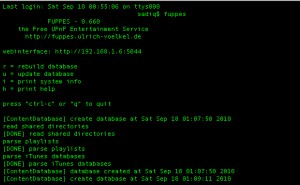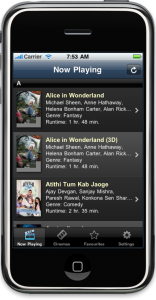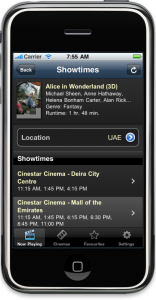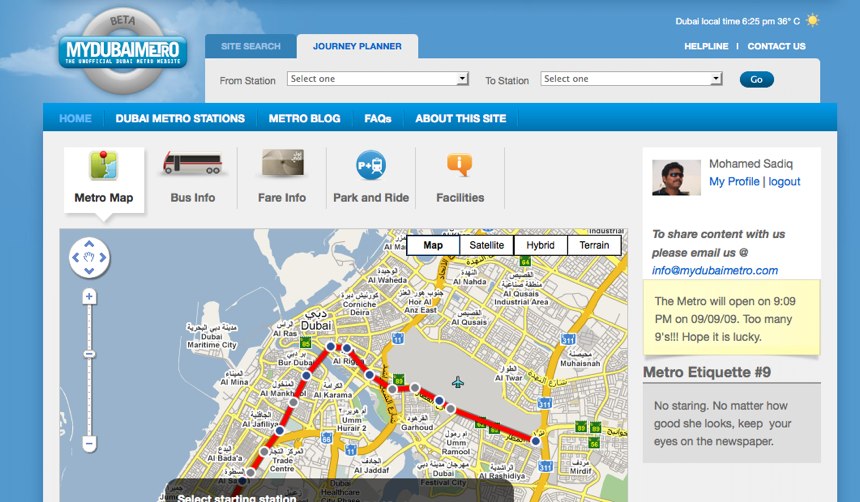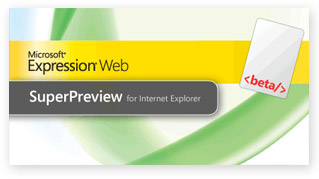Accessibility and the Web 2.0
While the importance of websites and social pushes brands in the region to invest in online, there is still a stark need for more deference to accessibility
Accessibility has always been, and continues to be, a central part of all concept and product discussions. When it comes to the web, however, it tends to be avoided completely. Although there are plenty of examples showing that an accessible site can increase a company’s ROI and highlight its position as an advocate for corporate social responsibility (CSR), many company developers don’t even consider accessibility for fear of being disconnected from evolving trends in web technologies.
In this region in particular, there has been much attempt at making products and services accessible to people with disabilities. From annual conferences to special needs programmes, the Abu Dhabi government continues to keep the issue of accessibility at the forefront of product development and sales in the region. However, unlike the US, which requires government websites to be accessible, a law has not yet been passed in the UAE with respect to the legal aspects of website and digital accessibility. What is recommended is that web developers embrace the accessibility concept from the beginning, given that with the way the region is progressing, it is high likely that a law will be passed in the near future, making it easier to comply if accessibility elements are already in place.
The Internet has been a boon for the disabled users who can really rely on the technologies to do their work. Developers ignoring the disabled users are risking not only their market share but also the hopes of millions.
What is accessibility?
Accessibility is used in the online industry to define content that is made accessible for disabled users, those suffering from physical disabilities or special needs, including visual and or physical impairment. When we talk about content available on websites, accessibility means the ability to browse through a site without using a mouse, but with the keyboard only.
Generally, accessibility refers to how a product, service or environment is available to as many people as possible and its ability to be accessed by people with disabilities, often with the use of assistive technology.
It’s important to mention that accessibility is not to be confused with usability, which refers to the extent to which a product can be used by specified users to achieve specified goals.
Key facts
- Over a billion people, about 15% of the world’s population, have some form of disability.
- Between 110 million and 190 million people have significant difficulties in functioning.
- Rates of disability are increasing due to population aging and increases in chronic health conditions, among other causes.
Source: UN Reports
Other advantage of accessibility
Another important reason why making website accessible is important is that such sites can be viewed in JAWS reader, which in turn makes it easy for search engines to “crawl” the content and index it.
Most of the search robots use the same principles as accessibility devices. For example, the semantic use of HTML tags will influence the content and structure of the website, Alt tags for images make it easy for search engines to index the images for specific keywords and so on.
Implementing Accessibility
There is no quick way to implement accessibility. In fact it’s not so much a process as a practice that has to be put in place from the very beginning of web development – from choosing the colour palette for a website to the very end point of form validation. It has to be incorporated in every step of the web development process.
Accessibility Standards
The current accessibility standards have been established by the Web Content Accessibility Guidelines (WCAG) 2.0, which has a quick reference guide that is available on [http://www.w3.org/WAI/WCAG20/quickref/], detailed methods can be found at the following link [http://www.w3.org/TR/WCAG20/]. Although these are basic standards, they are suitable for any website.
There are other detailed accessibility guidelines available that are specifically for AJAX-based dynamically driven sites; these are called WAI-ARIA. It’s no surprise that internet giant Google is one of the pioneers using ARIA standards on their web services like Gmail , Google Docs, etc…
Quick accessibility guidelines
The W3AG 2.0 guidelines are comprised of four different benchmarks:
- Perceivable – Web content is made available to the senses – sight, hearing and/or touch.
- Operable – Interface forms, controls and navigation are operable.
- Understandable – Content and interface are understandable.
- Robust – Content can be used reliably by a wide variety of user agents, including assistive technologies.
There are tools like WAVE that come handy when checking accessibility but they can’t be as accurate as human evaluation in some cases, since most of the accessibility guidelines address questions about the understandability of an element like alt tag for an image. Apart from the guidelines as a final resort by making an alternative version of website it is possible to meet the accessibility criteria by providing the accessible content. But Emphasize, Final Resort.
Let’s make the web accessible!
Reposted From : Flip Media’s Website
